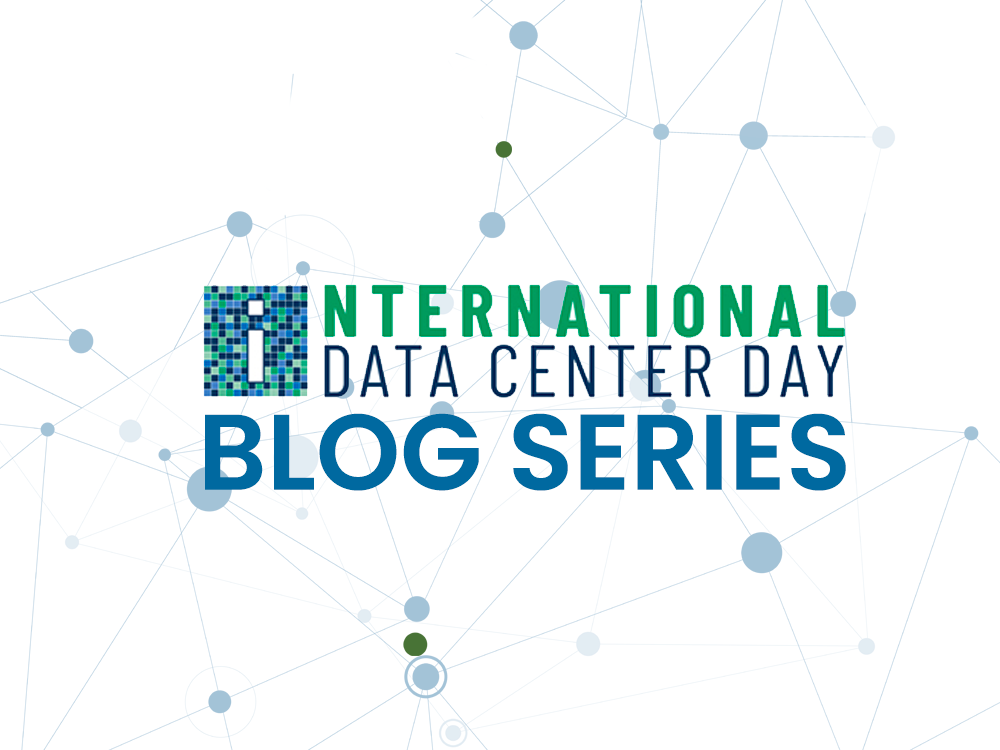To recognize International Data Center Day, RF Code is authoring three blogs looking at the proliferation of Edge Data Centers. RF Code commends the 7X24 Exchange International for creating this day to create awareness of the data center industry and to inspire the next generation of talent.
Edge computing is about moving data processing nearer business operations – where it is generated and used rather than at a traditional, centralized data center. No matter how intelligent a network endpoint is, all edge approaches share the same architecture: Core data center(s) with satellite locations that store and process data and interact with network endpoints.
- Remote, Lights Out Edge Data Centers Small equipment racks in multiple remote locations or multiple large data centers. These are the most diverse, non-standard edge environments, requiring new organizational models and sophisticated software application architectures. These environments also require a high level of abstraction to visualize, provide low-touch control and enable management of a heterogeneous mix of equipment at scale.
- Container IT Edges A converge edge model – solution stack in an all-inclusive uniform physical setup, comprising of one or more of the following; servers, OS, storage, network and optimized power and cooling to support all the equipment in the contained environment. The containers are highly standardized, with customization and optional components available to suit specific edge requirements.
- Internet of Things (IoT), where highly available processors enable real-time analytics for applications that can't wait to make decisions. IoT endpoints continue to get smarter with greater ability to work independently and make decisions without regular communication with a core data center.
Each flavor of edge greatly reduces the time it takes to compute and deliver the content demanded by the massive numbers of consumer mobile devices, applications like streaming video and virtual reality, and the proliferation of sensors as part of the Internet of Things (IoT). Along with embedded IT and artificial intelligence (AI), these devices and applications require low latency and local storage for the most efficient and time-sensitive operations, thus drawing them away from centralized facilities.



